Major League Baseball's social media playbook
I talked to Cameron Gidari, VP of Social Media & Innovation for MLB, ahead of the World Series.
How do you get people to fall in love with a sport?
That’s a question the social teams at leagues and associations are constantly asking themselves. While team accounts serve a very specific fandom, an account like Major League Baseball must think about ways to not only engage existing baseball fans but also attract new ones. It’s marketing, but the product is an entire sport.
For today’s newsletter, I talked to Cameron Gidari, VP of Social Media & Innovation for Major League Baseball, about the very fun challenge of using social media to grow the sport of baseball. As he told me, “Our approach is to use baseball as a creative canvas. Game coverage is core to our day-to-day content, but the texture around the game is where we can help more people fall in love with baseball and deepen that love with existing fans.” That can look like The Summer I Turned Pretty crossover posts, highlighting the ballpark experience, showing satisfying BTS, and so much more.
We also talk about how Cameron’s team is preparing for the World Series tomorrow, his favorite social advice (“Be someone who people want to ask back into the room”), and how MLB shows up on Reddit. I hope you enjoy our conversation!
Sponsored by Slate
Try this free social media safe zones preview tool
You just hit post on a big brand campaign video and the captioning is completely cropped out. Is there a worse feeling as a social media manager?
Slate’s Free Safe Zones Tool makes sure that never happens again. It helps you:
Catch crop issues before you publish
Align content with platform-specific layouts
Preview the intended caption
Make your designers and execs happy with cleaner mockup
Rachel Karten: If you had to sum up your philosophy when it comes to social media, what would it be?
Cameron Gidari: Respect people’s time. Regardless of the platform, objective, or audience, everything comes back to the fundamental truth that we are competing for limited attention in the most crowded spaces. We never take a post for granted, and aim to bring value with everything we make.
RK: Can you talk to me about how you approach social media for MLB specifically? What’s your north star?
CG: Our north star is to meet fans where they are. Every platform is an opportunity to show baseball in a unique light and build a deeper relationship with fans and prospective fans in a way that’s additive to their social experience.
Our approach is to use baseball as a creative canvas. Game coverage is core to our day-to-day content, but the texture around the game is where we can help more people fall in love with baseball and deepen that love with existing fans. When we say texture, we mean player personality content, alternate camera angles exclusive to social (like our recent POV video of painting a batter’s box), the atmosphere and ballpark experience, original edits and hype graphics, and cultural crossovers.
The phrasing ‘fall in love’ is especially important to our creative approach. Have you ever talked to somebody about something they really love? There’s a magnetism to passion that draws you in; you want to step into their world and experience what they experience. We have a team that loves baseball and we aren’t shy about infusing that love into our content and tone.
RK: Are you able to share around how big the social media team is at MLB?
CG: We have multiple full-time teams that sit within social, plus seasonal staff that supports each group during the season. Our Social Editorial team is hands-on-keyboard game coverage mixed with original content creation, in both English and Spanish. The Social Production group handles shoots and more complicated video, both short- and long-form. Influencer strategy and execution is also a part of our department.
We also have our Live Content team, which includes Live Content Creators at each Major League and AA ballpark who capture social-first content angles from each game. These LCCs upload content in real-time during the games, which gives us multiple dynamic angles of every play to use for posts.
Altogether, we have over 40 full-time team members dedicated to social media primarily here in our New York headquarters.
RK: Something I’ve noticed this year specifically from MLB is the sort of unexpected cultural conversations you’ll enter. Can you talk to me about that? Loved your The Summer I Turned Pretty posts.
CG: We have a group with varied and diverse interests outside of baseball. The one thing that unites our team is a love of baseball. So my message to everyone is - if you love baseball and something else (The Summer I Turned Pretty, Fortnite, pro wrestling, metal music, Kpop Demon Hunters, etc.), there are other fans of that something out there who could also love baseball.
When we see an opportunity, we lean into the fact that fandom is a universal language. I saw The Summer I Turned Pretty watch parties at bars where the reactions rivaled walk-off home runs. Baseball becomes a creative canvas in these instances - we can add to cultural conversation in a way that stays authentic to who we are.
RK: A lot of my readers will recognize you from that awesome quote you shared from Justin Karp—“People say that Gen Z has a short attention span on social media. They don’t. They have a short consideration span.” How do you apply that learning to the work you do at MLB?
CG: It’s central to the way we approach social. Our audience should get value of some kind when they see us in their feeds, whether that value is informative, entertaining, or emotional.
We approach video content in terms of hooks and payoffs. We use static headlines that immediately land the point. Social copy reflects the way people talk on social, down to which types of punctuation we use (sometimes no punctuation at all). Everything is structured to feel as natural and socially native as possible.
RK: You post SO MUCH content across so many platforms. What does your approval process look like?
CG: Game action moves so quickly, so we need to be built for speed without sacrificing accuracy or quality.
We run dayside and nightside shifts during the season, with each shift getting a dedicated Slack channel. Our Social Editorial team is composed of Managing Editors and Platform Editors. Platform Editors drop assets and copy into the Slack channel for approvals, which are QA’d and approved by the Managing Editors for immediate publishing. The Slack channels are LIVELY because we need content to go out as close to real-time as possible.
RK: Can you walk me through a recent post you’re proud of? Why did it work?
CG: We’ve increasingly invested time in Reddit over the past couple years with things like Ask Me Anythings and original content. We love the direct relationships we can have with fans on that platform. Reddit communities are notoriously protective of brands/companies entering their spaces - they welcome them if the brand brings value, but they’ll let you know loudly if they don’t like your content.
For this year’s Postseason, we started a series where we pulled our favorite community reactions to each game and spotlighted them on top of images of game action. The reception has been hugely positive. I love this series because we get to lean into the humor and fan involvement that makes Reddit so special, and it’s rewarding to see the community embrace the idea.
RK: I always love seeing VP-level roles in social media. What are some of the qualities of a good social media leader?
CG: Two qualities stand out to me - an understanding of how social media impacts a company’s larger business goals, and the ability to build relationships with groups outside of social.
To business goals, I love how social can move the needle for departments across a company. Effective social leaders understand that social’s value is more than just social metrics, and they help other teams understand how social can benefit them.
To relationships, there can be tension between social and non-social teams at companies. Social teams can be understandably protective of what content goes out on their feeds, and non-social teams can be uncomfortable with greenlighting a more social-friendly tone or content approach. Good leaders are able to bridge that gap, helping non-social teams be comfortable with a social-first content approach while finding ways to help them achieve their goals.
“Be someone who people want to ask back into the room” is advice I give to everyone who works in social regardless of level, and that ethos has served me well throughout my career.
RK: What do you love about working in social media?
CG: It’s ever-changing. I’m someone who doesn’t like to sit still, and working in social requires me to constantly learn and evolve. A new platform can launch and give us a new creative puzzle to solve. An algorithm shift can radically change how we approach content. Even in moments of crisis, I get energized by how social can lead crisis comms and show a real-time pulse on the situation.
I also love the direct relationship we get to have with our fans. Our fans are so passionate about this game, and we get to find new ways to add to that passion every day. Seeing fans react to our content, especially when we do something unexpected or different, is something I never get tired of.
RK: The World Series starts tomorrow. Can you give me a peek into how you prepare for such a big moment?
CG: The fun of the World Series is that we get to pour our entire team’s effort into one series. I’ll probably be in the air heading to Game One when people read this!
Ahead of time, we are focused preparing for as many moments and storylines as possible. We research historic angles, prepare hype graphics and other video packages, and keep a close eye on the team communities for inspiration.
Once the games start, we are split between a league office team in NYC and an on-the-ground team. On the ground, our team is there to capture the stadium atmosphere, up-close action, and player stories that make the World Series the best sports event in the world. Back in the league office, the team is publishing in real-time, sifting through content uploaded from the on-site team, creating new edits, and coordinating with the participating Clubs’ social teams on which posts they want amplified.
One new and particularly special social engagement we’re doing in partnership with T-Mobile is asking fans on X to tell us what a World Series title would mean to them. Some respondents will get an actual baseball used during World Series batting practice with their answer etched in it. It’s a chance for us to give back to our fans, which is one of the most enjoyable ways we use social.
The World Series is one of my favorite times of the year because I get to watch our group execute at the highest level. It’s a whirlwind, and everything that makes us lucky to do what we do. I hope everyone will follow along at @MLB to see it all come to life.
If you enjoy free newsletters like this one, you can upgrade to a paid Link in Bio subscription. You’ll get weekly strategy newsletters and quarterly trend reports, along with access to the very active Discord community.
One member shared, “The Link in Bio Discord has been an absolutely invaluable part of my growth as a social media professional. It’s allowed me to meet so many fascinating and talented folks in an industry that can often feel like living on an island, and helped me contextualize a lot of the mysteries of social.”
It might even be an educational expense at your company! Here’s a template for you to use when asking.



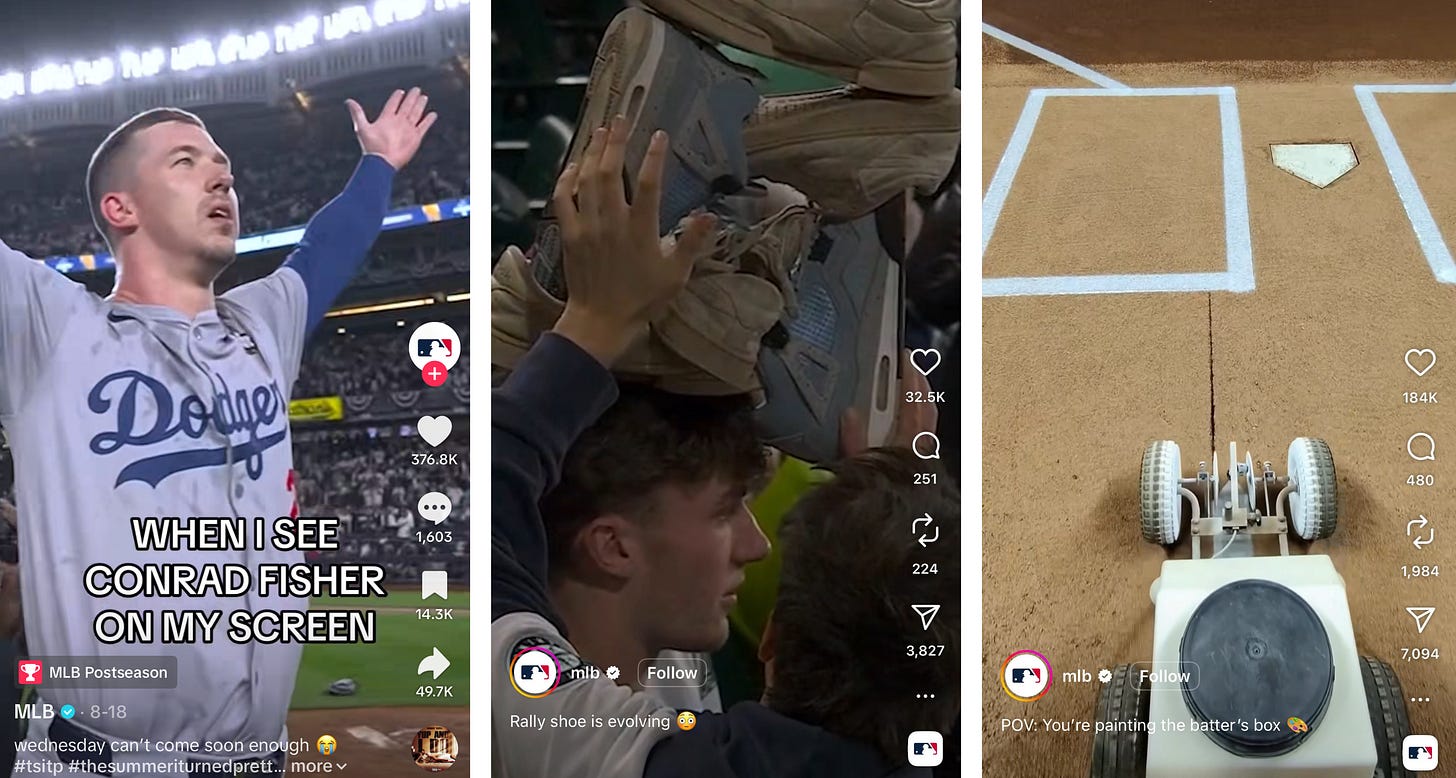
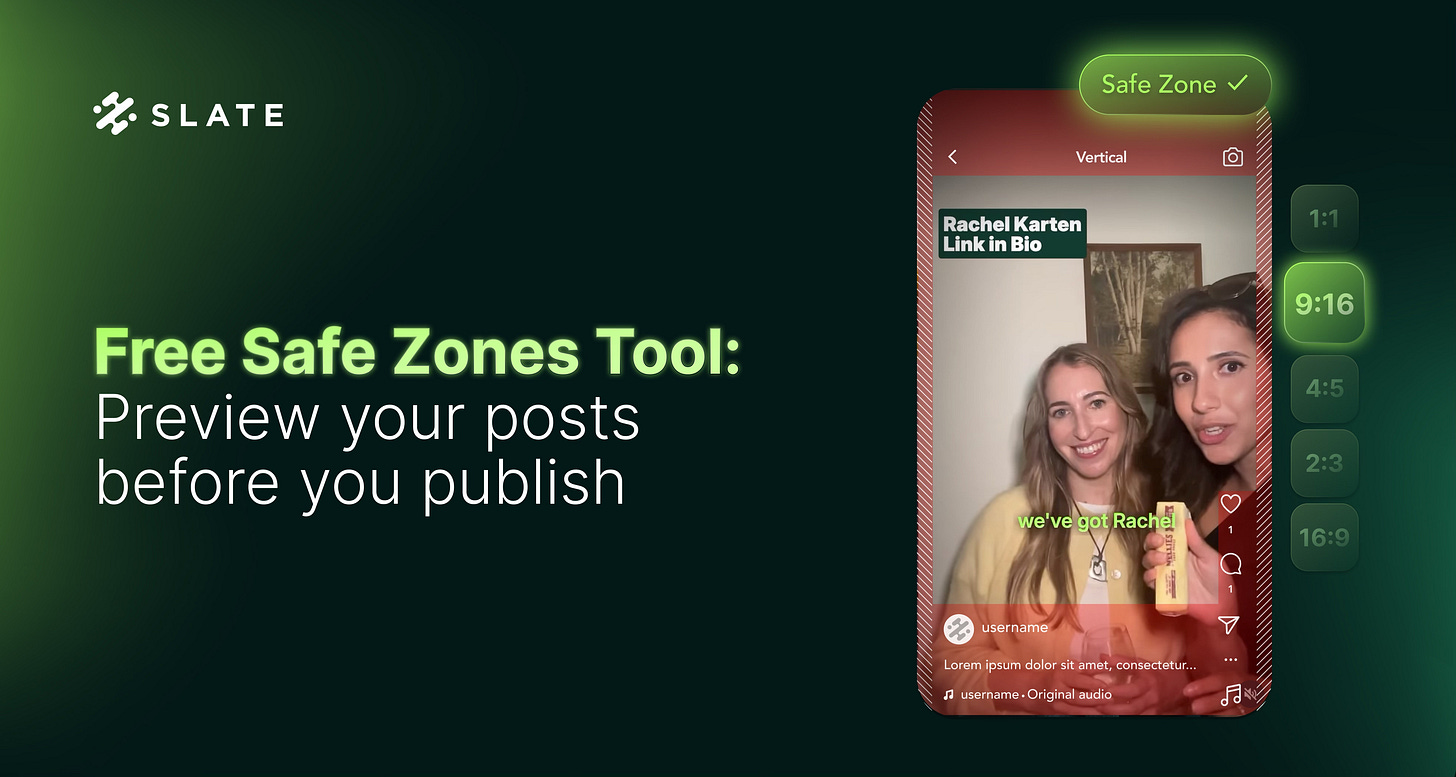
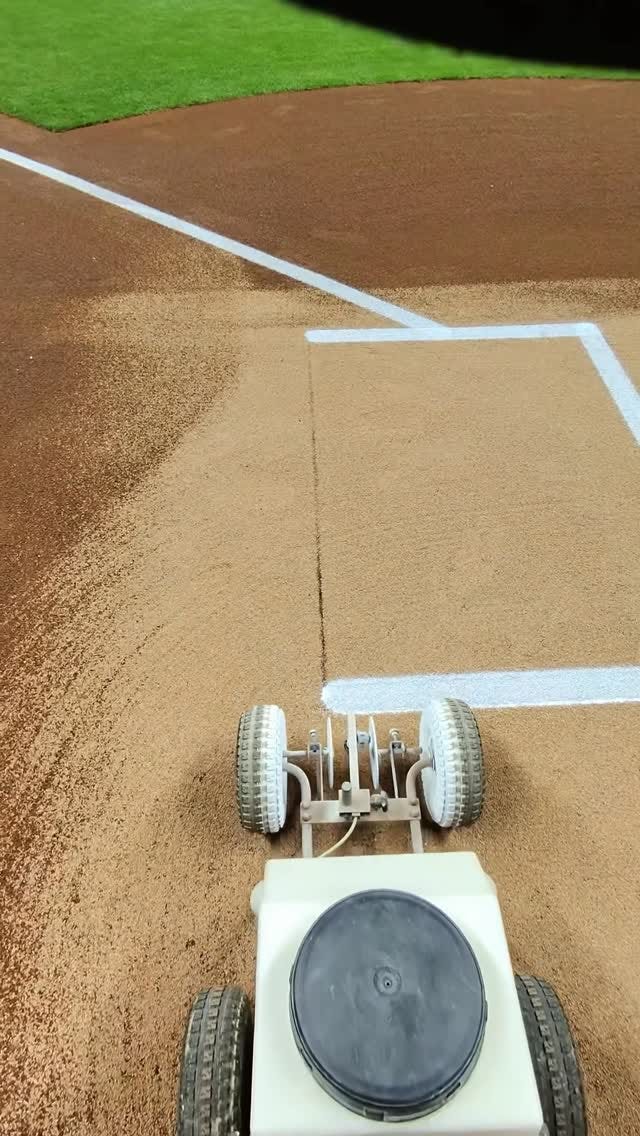
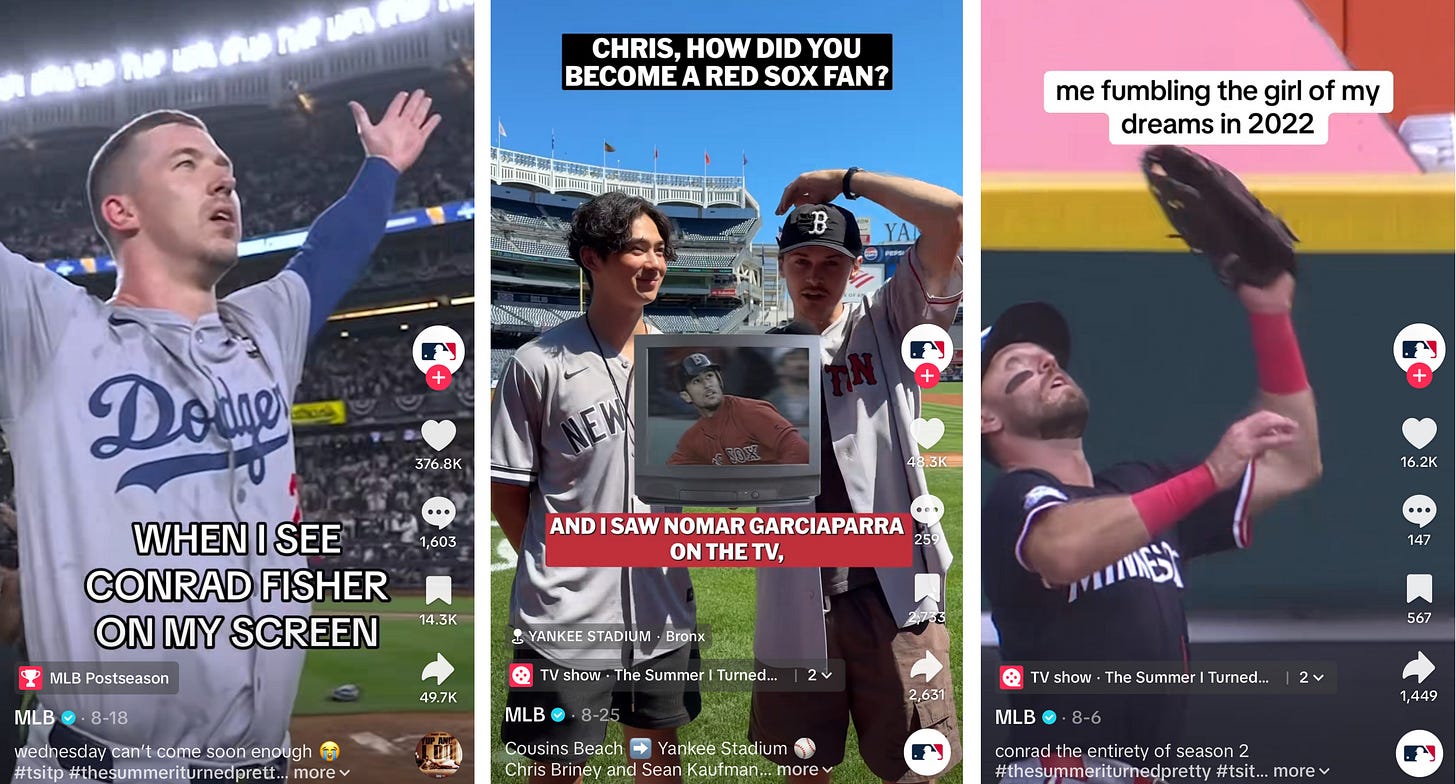
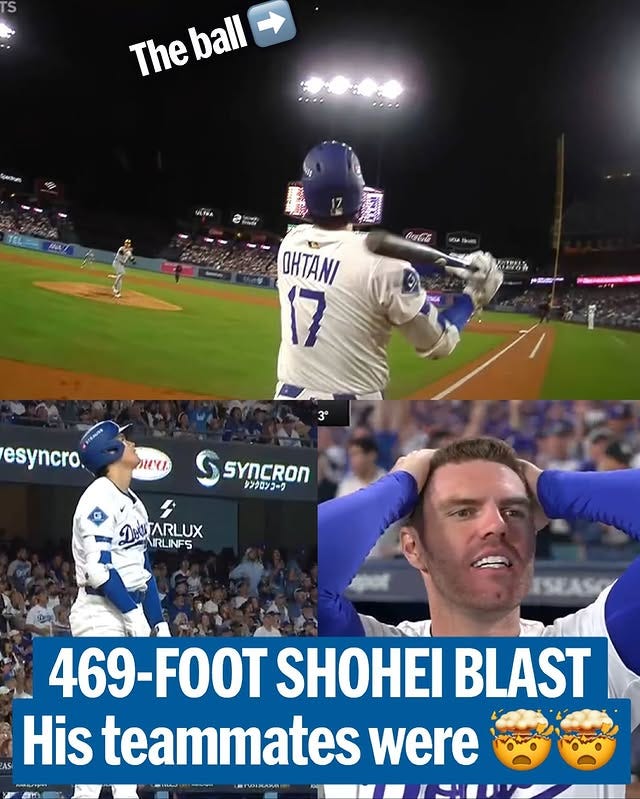
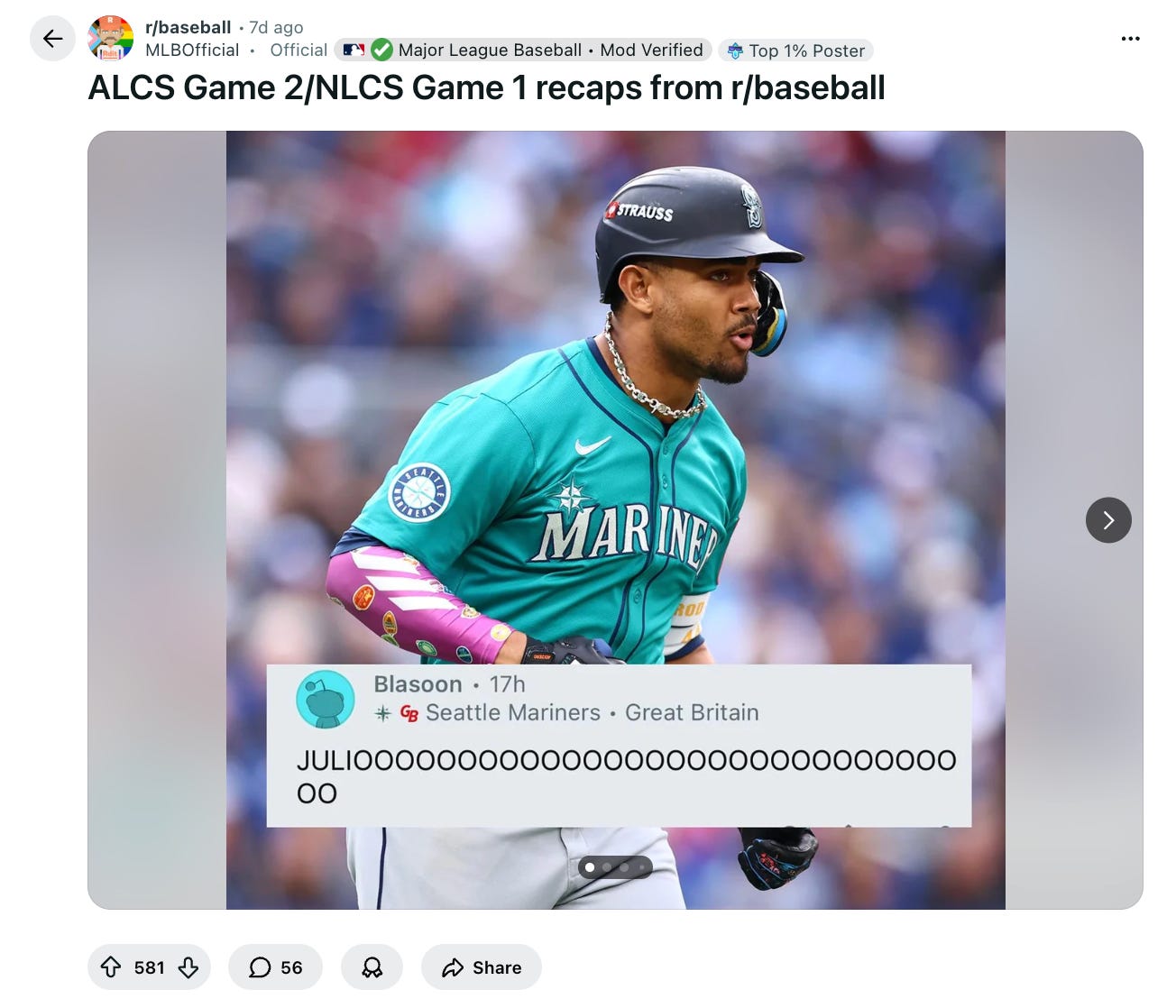
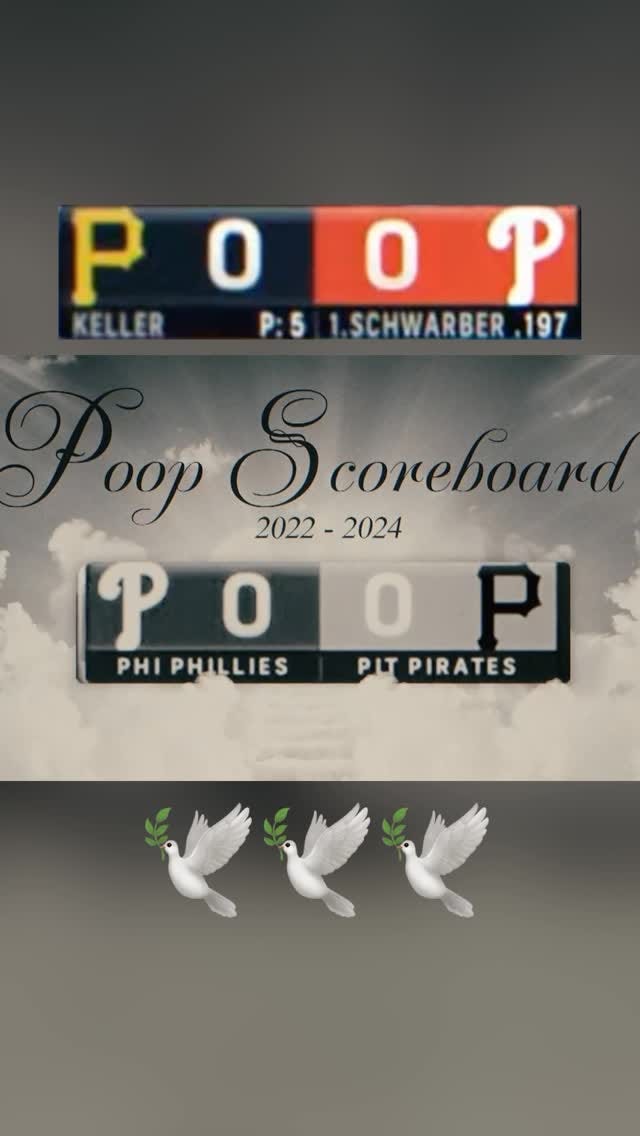
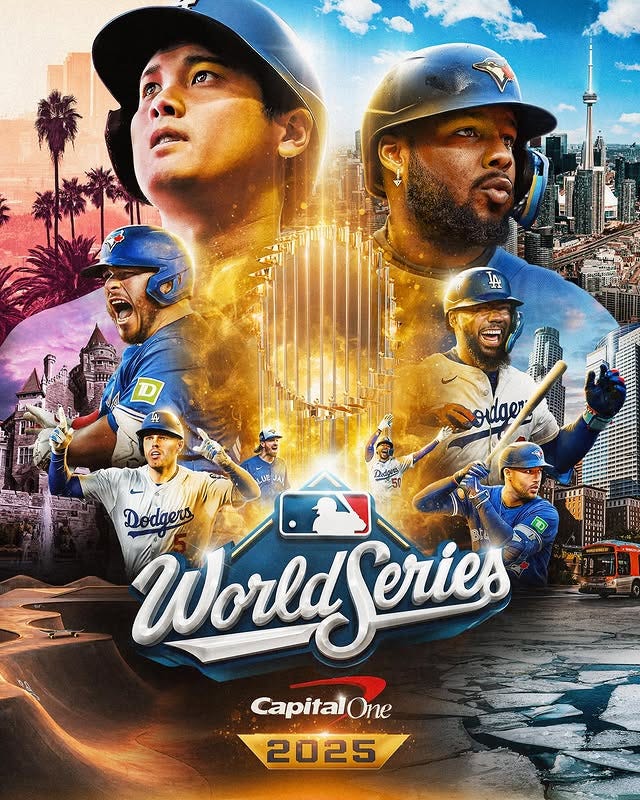
a lot of amazing quotes in this interview
as a die hard baseball fan and taking courses on social media management, this is gold!
as a die hard yankee fan…. still golf!! 🤣